Learn about Common Eye Conditions from Optometrists' Clinic Inc. in Edmonton
These are some of the common eye conditions that Optometrists’ Clinic Inc. in Edmonton, Leduc, or Westlock can test for and treat. Select one to get more details!
Eyeglasses Prescription Types
- Nearsightedness (Myopia): Nearsightedness is caused by a longer than normal eye or steeper than normal cornea. This causes the light entering the eye to focus in front of the retina rather than directly on it. People with nearsightedness have difficulty seeing far off, but have little problems with near tasks.
- Farsightedness (Hyperopia): Farsightedness is caused by a shorter than normal eye or flatter than normal cornea. This causes the light entering the eye to focus behind the retina rather than directly on it. People with farsightedness tend to have difficulty seeing up close with associated eye strain, yet might still have difficulty with distance tasks.
- Astigmatism: When the cornea has two different curves, one being steeper than the other, it is termed astigmatism. This oval or “football shaped” cornea causes light to focus at more than one point in the eye. This causes blurring at all distances and usually is associated with myopia and hyperopia.
- Presbyopia: Around the age of 40, the lens within the eye loses its flexibility and our ability to accommodate is lost. Accommodation refers to when the lens changes shape and thus changes our point of focus from distance to near. This condition is also known as “short arm syndrome” which everyone experiences at some point in their lives.
Contact Lens Related Problems
Keratoconus:
Contact Lens Overwear
Corneal Ulcer
An ulcer results from bacteria infiltrating a damaged or compromised cornea. The bacteria creates a small divot on the cornea comparable to a pothole on a road. Corneal ulcers can be extremely painful and permanent loss of vision can occur. Contact lens wearers are at highest risk if they do not maintain proper cleaning, handling and disinfection of their lenses and cases.
Developmental Conditions
- Strabismus (Crossed Eye): Most eyes focus at the same spot, sending slightly different perspectives to the brain so that we can judge depth and the three dimensions. Strabismus occurs when eye muscles cannot maintain both eyes on the same spot causing misalignment of the eyes or “turned eyes.”
- Amblyopia (Lazy Eye): Children do not have a fully developed visual system until the approximate age of 8. Some children suppress one eye to overcome high amounts of blur or double vision, thus not giving that eye a chance to develop properly. This results in a loss of vision that cannot initially be improved by glasses alone. In most cases the eye appears normal. The problem can be corrected if caught before the age of 8; however, it is difficult if not impossible to correct afterwards.
- Illiteracy in Children Linked to Vision Problems: The reason some children are struggling to read and write in school may be directly connected to not being able to see properly. According to Dr. Troy Brady from the Leduc Eye Centre, 60 per cent of young children who are experiencing literacy problems are also experiencing vision issues. Five to 10 per cent of preschool children who are also experiencing literacy issues in school is also due to vision problems. Please read the full article here.
Learn More About Eye Health

Dry Eye in Autumn
Why Symptoms Flare and How to Find Relief! Autumn is a beautiful season in Canada, with crisp air, colorful leaves, and cozy sweater weather. But for many Canadians, it also

Hey Edmonton – Don’t Let Summer Projects Cost You Your Sight!
The Essential Guide to Eye Protection Summer in Edmonton means longer days, warmer weather, and finally tackling those outdoor projects you’ve been putting off all winter. Whether you’re revving up

Polarized vs UV Protection
What Edmonton Residents Need to Know for Summer Eye Safety When summer finally hits Edmonton, Westlock, and Leduc, we all want to make the most of those long, sunny days.
Book your eye exam with The Optometrists' Clinic today!
We invite you to get in touch, so that we can support you & give you the tools and knowledge you need to care for or improve your vision!

